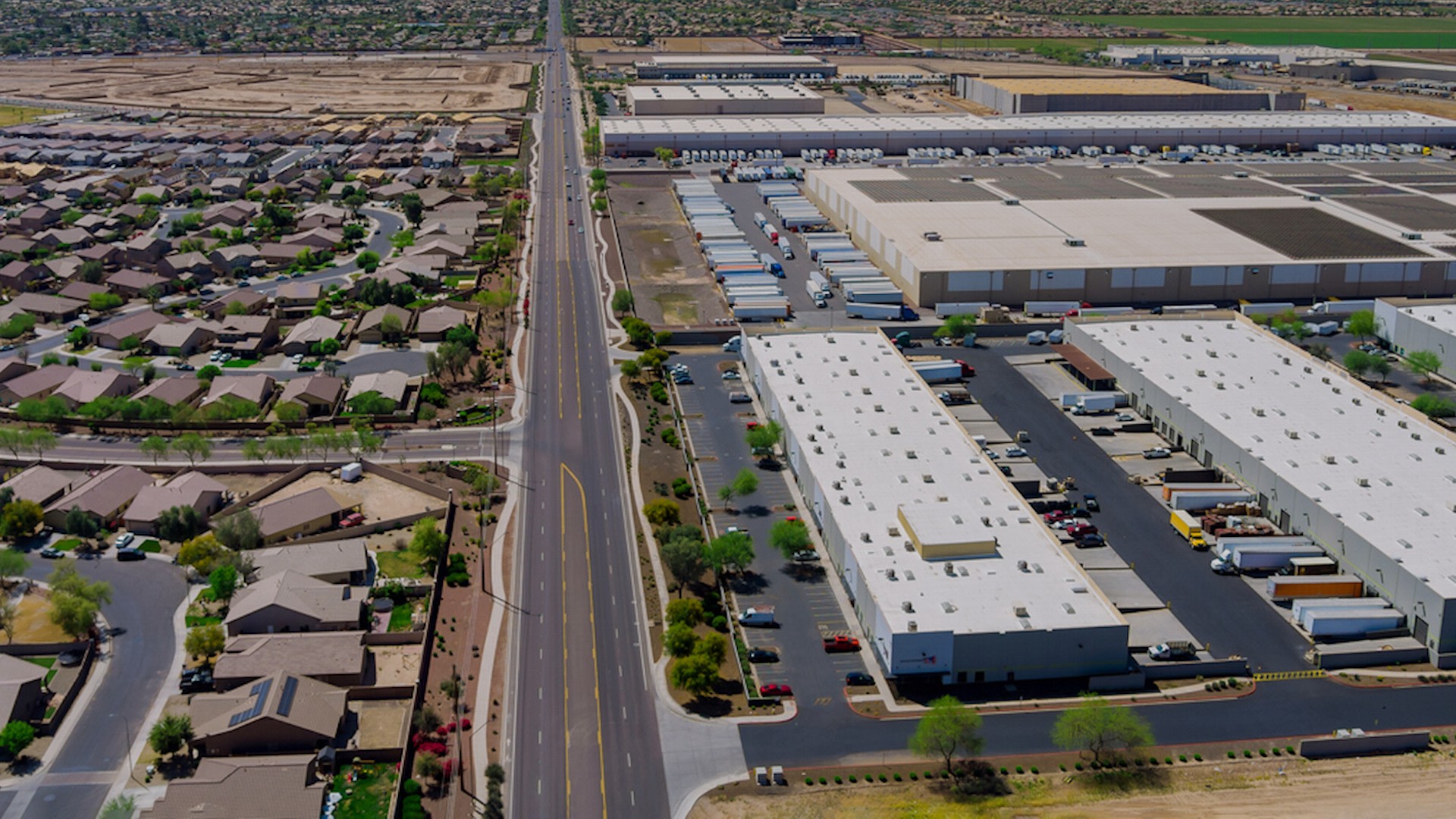A study funded by NASA and led by researchers at George Washington University used satellite imagery to measure air pollution around nearly 150,000 large warehouses in the United States – and the results are shocking.
What happens?
As detailed by the New York Times, that air quality study focused on levels of the traffic-related pollutant nitrogen dioxide. It found that areas near huge hubs with 24/7 semi-truck traffic saw levels of the dangerous pollutant increase by 20%, with the busiest areas faring even worse.
Nitrogen dioxide can irritate the airways of the human respiratory system in the short term, but prolonged exposure to high concentrations can cause asthma and increase the risk of potential respiratory infections. It can also combine with other air pollutants to form particulate matter and ozone, increasing its hazard profile.
Why is nitrogen dioxide pollution such a problem?
“Increasing truck traffic to and from these recently built large warehouses means that people living downwind are breathing greater amounts of harmful nitrogen dioxide,” said Gaige Kerr, the study’s lead author, in a press release.
“Communities of color are disproportionately affected because they often live in close proximity to warehouses, especially in dense clusters of warehouses.”
Although these large facilities are scattered across the country, 20% of them are concentrated in just 10 counties, with California and Texas appearing frequently on the list. This is not just a problem of warehouses, but anywhere where there is an unusually high concentration of vehicles near residential areas, especially heavy-duty trucks.
“The average warehouse built since about 2010 looks very different than the warehouses built before that, with a lot more loading docks, a lot more parking,” Kerr said in the article.
What is being done to combat traffic-related pollution?
Thanks to the EPA and its increased vigilance in limiting pollution in the United States, most vehicles are now 99% cleaner than they were in the 1970s, but there is still a long way to go. The transportation sector is still responsible for 28% of the country’s climate-changing air pollution, making it one of the biggest contributors.
It’s unlikely that we’ll all stop ordering packages for delivery, so we need to transition our fleets to greener technologies, such as cleaner biofuels or electric vehicles.
Large warehouses could also reduce their dependence on environmentally harmful fuels by switching to renewable energy to power their operations, such as using silent, bladeless wind turbines mounted on roofs.
“Such measures would mean that people living near warehouses could breathe cleaner air,” Kerr said in a press release.
Subscribe to our free newsletter for weekly updates on the latest innovations Improving our lives And Shaping our futureand don’t miss this cool list of simple ways you can help yourself and the planet at the same time.

